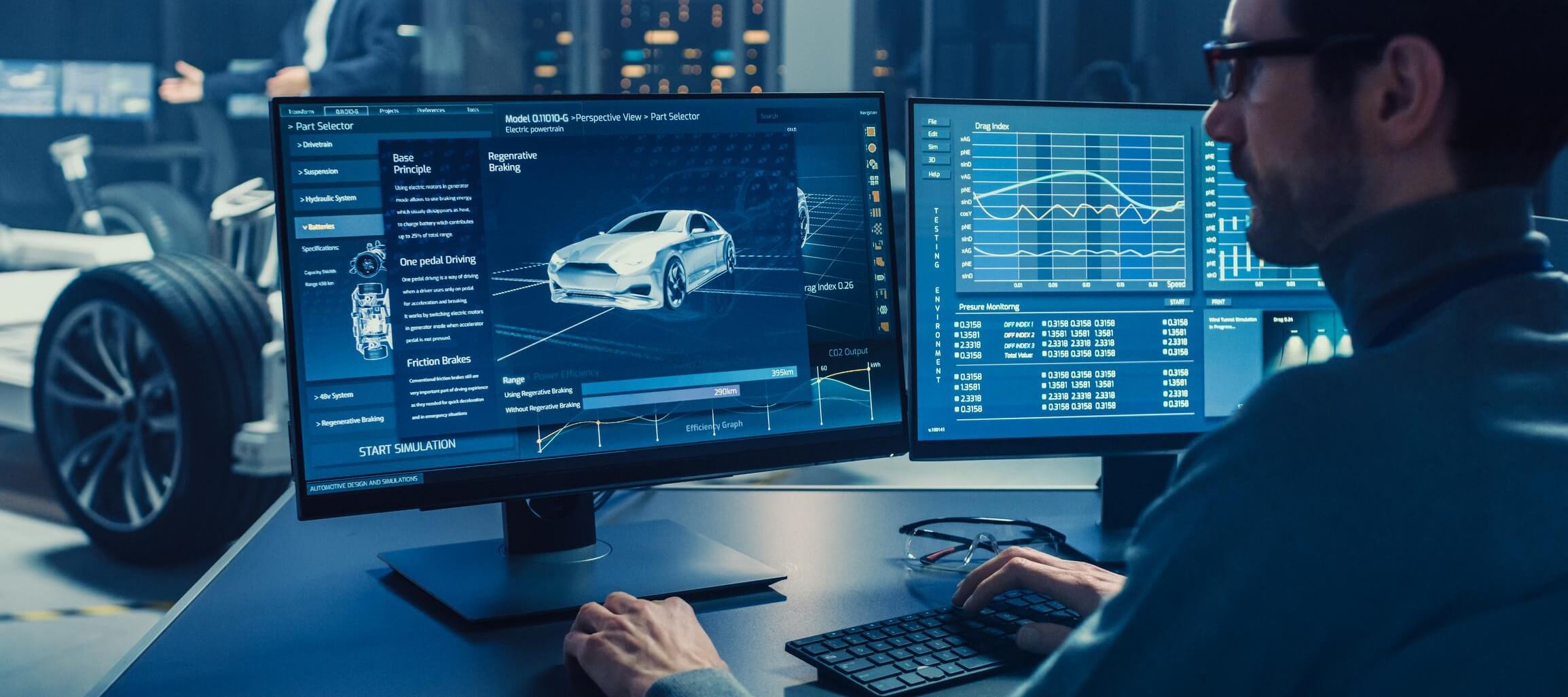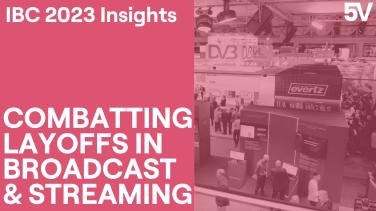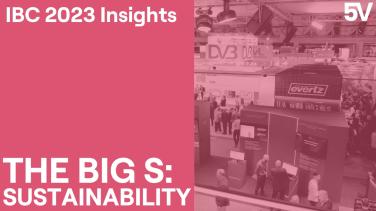Article content
Digital twin technology has been around for two decades already. Although the concept was first introduced in the manufacturing industry, advancements in IoT have allowed this technology to grow in leaps and bounds.
Today, digital twins are used across various sectors ranging from retail to construction. However, despite its growing prevalence, many people still don’t understand this technology nor how it can be used to serve different industries.
We explain all this below.
What are Digital Twins?
A digital twin is a digital replica of something in the physical world. The physical object being studied is then fitted with sensors that capture data regarding different areas of the object's performance. This data can then be used to run simulations on the digital version to see how the object’s functionality and performance can be improved.
The concept really began to come into fruition in the early 2000s when Michael Grieves of the Florida Institute of Technology first applied the digital twin concept in manufacturing. He then introduced the digital twin concept and model to the public at a conference in 2002. Grieves proposed the digital twin as the conceptual model underlying product lifecycle management (PLM).
The concept was then named the “digital twin” by John Vickers of NASA in 2010. There are three aspects to a digital twin;
- Physical product
- Digital/virtual product
- Connections between the two components
5 Applications of Digital Twin Technology
While the concept of digital technology may be simple, the technology itself is more complex. It can be modified and changed to be used in so many different industries and practices. So, let’s dive in and look at some examples of how digital twins have been used.
1. Self-Driving Cars
We’ve seen more and more that self-driving cars are becoming a reality and fast! Digital twins are being used in the manufacturing of these cars in order to test different aspects of the cars themselves.
You can use the digital twin to predict how the car will react in emergency situations, different weather conditions, in relation to the highway code etc. It will also keep track of the car’s health, testing the general maintenance and any potential faults.
Most of this is done with sensors, which collect data surrounding the way the car drives, the environment of the car and around the car also. This data will be consistently monitored and tracked alongside the testing of the car to map out any issues before they may arise, avoiding injury or malfunction.
2. Product Development and Design
Digital twins can help engineers test products they are working on in advance. Companies can see how their products will work or look without having to use the physical product, which is far more efficient.
If something isn’t quite right, or there are any faults/malfunctions with the digital product, these can be amended before the consumers get wind of it!
Businesses can also redesign products ahead of launches to be able to test different variations of a product, therefore finding the best possible design. For example, Apple could create a digital twin of their latest iPhone model, and tweak it until they’re happy they have a brief blueprint for the next release, testing which features they can change and what they can make work.
Other ways Digital twins can be used in manufacturing and product development include Asset Lifecycle Maintenance as well as Monitoring and Predictive Maintenance, where digital twins allow for a complete real-time view of machines and equipment, allowing problems to be fixed early on.
3. Healthcare
Digital twin applications in healthcare can allow healthcare providers to go virtual with their care plans in order to be more efficient and accurate. Alternatively, they can be used to create a digital twin of an entire hospital, ward by ward, with all of its functionality and test different models to see how they would run—for example, changes to staffing, patient capacity, and extra surgeries.
On a more personal note, digital twins can be made of actual humans to replicate disorders and conditions, figuring out which care would work best for each individual patient. They can test different medications to see if they would affect a patient’s specific conditions, personalising patient care plans.
4. Retail
Retailers of all kinds can make use of digital twin applications, such as in their marketing strategies. They can create customer personas based on their clientele and then use them to upgrade their customer experience.
Fashion retailers can use digital twin applications to work on clothing lines that fit their customer database better, appealing to the vast majority of their shoppers. If you look at technology retailers, they can use digital twins to take into account what their shoppers are using their products for and evolve their tech to be able to reach those standards.
Even supermarkets can use digital twins to pick up on trends in shopping, therefore optimising their customer experiences. Digital twins can help to understand who is shopping for what and when and this data can be used to make the shopping experience safer with forward planning.
5. Construction
Digital twins can be used in the designing and planning of architectural structures, allowing architects to see their designs come to life, using them to figure out how the building will fair in weather conditions, with power supplies, water supplies etc. It will also be used to monitor and test new extensions, expansions and any other building work necessary.
You can also create digital twins of equipment used in construction to monitor them during projects. In the same way that digital twins are used to test new equipment, this technology can also be applied to engineering brand-new equipment itself.
A Summary of Digital Twin Technology
Digital Twins are an incredible piece of technology that can be used in so many aspects of our lives and the progress of certain industries. The advancements in IoT industries are allowing the use of digital twins to expand hugely. To find out more about Digital Twins and how they are used, watch season 2, episode 1 of The IoT Podcast with Rob Tiffany- HERE.










